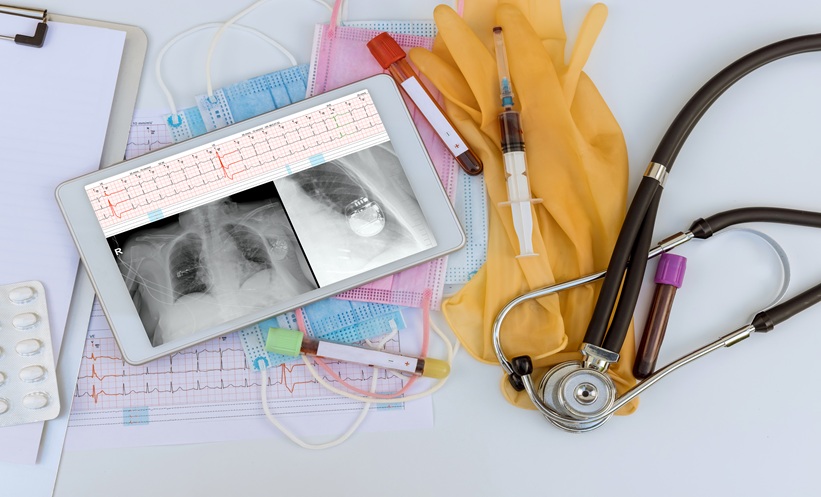CARDIAC implantable electronic device infections (CIEDIs) pose significant challenges in diagnosis and management for healthcare professionals. A recent comprehensive review delves into these complexities, offering practical guidance for clinicians.
Over the past decade, the incidence of CIEDIs has risen, attributed to expanded device indications, increased device complexity, and an aging patient population with multiple comorbidities. Clinically, CIEDIs manifest primarily in two forms: generator pocket site infections and infections involving device leads and/or cardiac valves, known as CIED-related infective endocarditis or systemic infection. While generator pocket site infections are often straightforward to diagnose, it’s crucial to assess for potential lead or valve involvement in these patients.
A particularly challenging scenario arises when patients present with bloodstream infections (BSIs) without evident generator pocket site involvement. Determining device infection in such cases requires careful consideration of factors like pathogen type, BSI nature, and patient-specific infection risk factors. Staphylococcal BSIs present the highest risk for underlying CIEDIs, followed by viridans group streptococci and enterococci. Conversely, gram-negative bacterial BSIs are associated with a lower risk of CIEDIs.
For diagnostic evaluation, transesophageal echocardiography (TEE) and [18F]-fluorodeoxyglucose positron emission tomography/computed tomography ([18F] FDG PET/CT) are preferred modalities. TEE remains the gold standard for detecting cardiac valve involvement but may not effectively distinguish between lead thrombus and infected lead vegetation. [18F] FDG PET/CT offers higher sensitivity and specificity for CIEDIs; however, its effectiveness diminishes with smaller lead vegetations, and accessibility issues persist in the United States.
Complete device extraction is recognized as the definitive treatment for CIEDIs, as retaining the device correlates with higher relapse rates and mortality, even with prolonged antibiotic therapy. Post-extraction considerations include determining the timing for new device implantation, managing the interim period, deciding on the duration of antimicrobial therapy, and implementing strategies to prevent reinfection.
The review underscores the necessity for comprehensive evaluations and collaborative decision-making by experienced multidisciplinary teams in managing CIEDIs. It also highlights the need for future research into novel diagnostic tools, such as advanced [18F] FDG PET/CT systems, cell-free DNA analysis, and metagenomic sequencing. Additionally, exploring new therapeutic approaches, like percutaneous mechanical aspiration for large vegetations, and assessing the long-term implications of chronic oral antibiotic suppression are deemed essential for advancing patient care in this domain.
Reference: Chesdachai S et al. Executive Summary: State-of-the-Art Review: Complexities in Cardiac Implantable Electronic Device Infections: A Contemporary Practical Approach. Clin Infect Dis. 2025;80(1).
Anaya Malik | AMJ








